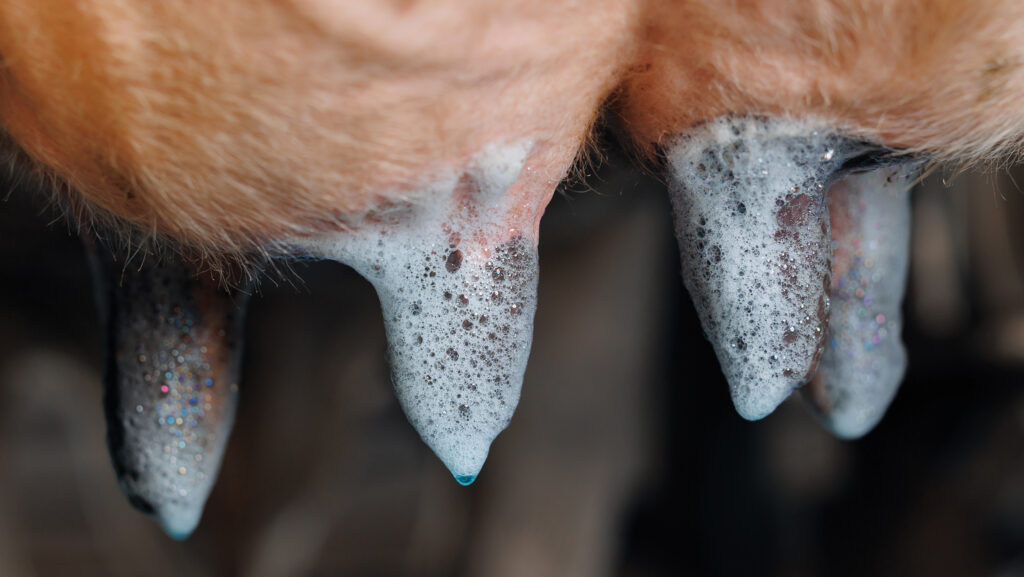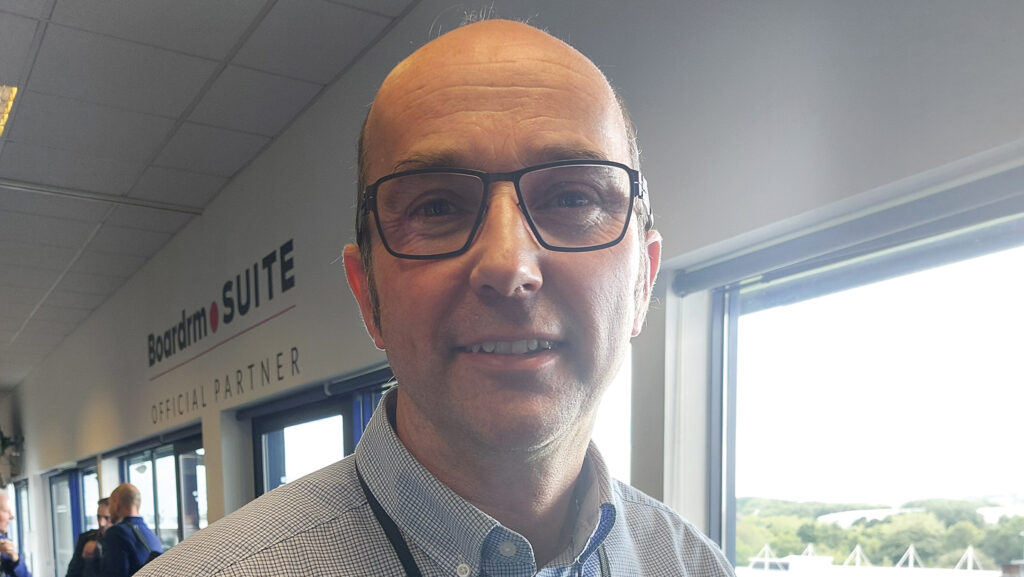How changes to ventilation and bedding cut mastitis
 © Adobe Stock
© Adobe Stock For dairy farmer Pete Charles, a key driver in tackling mastitis was the effect on staff morale of constantly treating clinical cases and keeping milk out of the tank.
He estimated that dealing with each case of mastitis took 10 minutes a cow at Mount Pleasant Farm near Birmingham.
“You can soon lose half an hour in the parlour if you have three to four cows every milking to treat and dump milk,” he said.
See also: How to get staff on board to cut mastitis in your dairy herd
Milking 200 Holstein Friesians, averaging 10,300 litres at 4.23% fat and 3.26% protein, Pete realised his mastitis rates were not as good as he thought after benchmarking with his Tesco dairy group.
He enlisted veterinary consultant James Breen, who used the AHDB mastitis control plan to investigate the farm’s data and review operations.
Data analysis showed an environmental lactation pattern, with a seasonal peak in late summer/early autumn.
To September 2020, the herd had 60 cases for every 100 cows; the target is to have fewer than 25 cases. About 20% of cows had cell counts above 200,000 cells/ml.
“Once we got to peak yield, we would see a lot of mastitis in the first 100 days – and a lot of repeat cases,” said Pete.
James ran the plan’s cost calculator and found that mastitis was costing an estimated £40,000 – equivalent to 2p/litre.
James said his approach was to see how much could be clawed back by reviewing housing, bedding, space, hygiene and milking.

Pete Charles © MAG/Shirley Macmillan
Improvements
He prioritised areas for Pete to target, the first of which was to remove the ridge cap along the whole length of the shed to increase the air outlet and improve ventilation.
“We also went from bedding with sawdust once a day to twice a day and limed daily. We blocked some of the skylights with solar panels on the roof and installed fans [to reduce heat],” said Pete.
Low-yielding cows had been set stocked at grass and ended up “camping” in certain areas.
Already conscious of a TB risk from grazing, Pete decided to fully house cows all year round. This helped reduce the seasonal spike in mastitis.
To give cows extra living space and improve cleanliness, an external concrete walkway used to get to the parlour and back was grooved and the cows given full-time access (2sq m a cow) after milking.
Fresh calvers were put on sand cubicles in 2022 with a sand yard for at-risk cows (such as milk fever).
Changes to the parlour routine included returning to a pre-spray of an iodine-based product, drying and stripping, followed by a post-milking iodine dip.
By 2023, the rate of new cases was dropping and the incidence rate fell to 25 cases in 100 cows.
“Cows were giving more milk, and the total cost of mastitis was 0.9p/litre, so a £20,000 recoverable cost,” said James.
